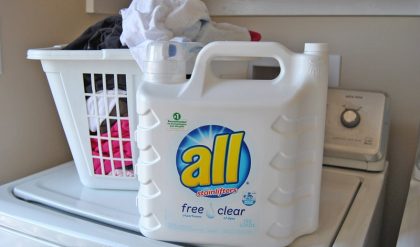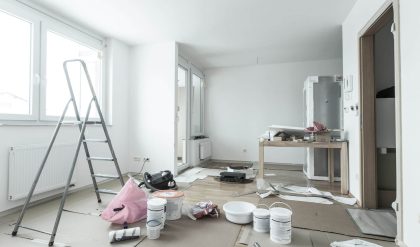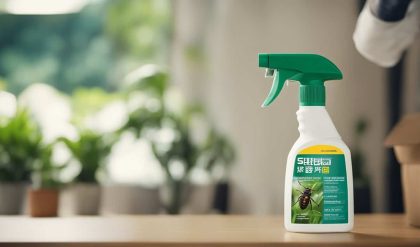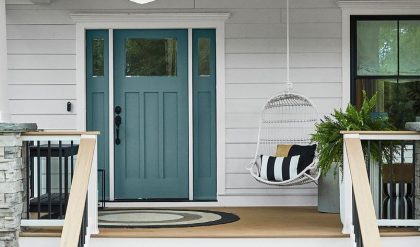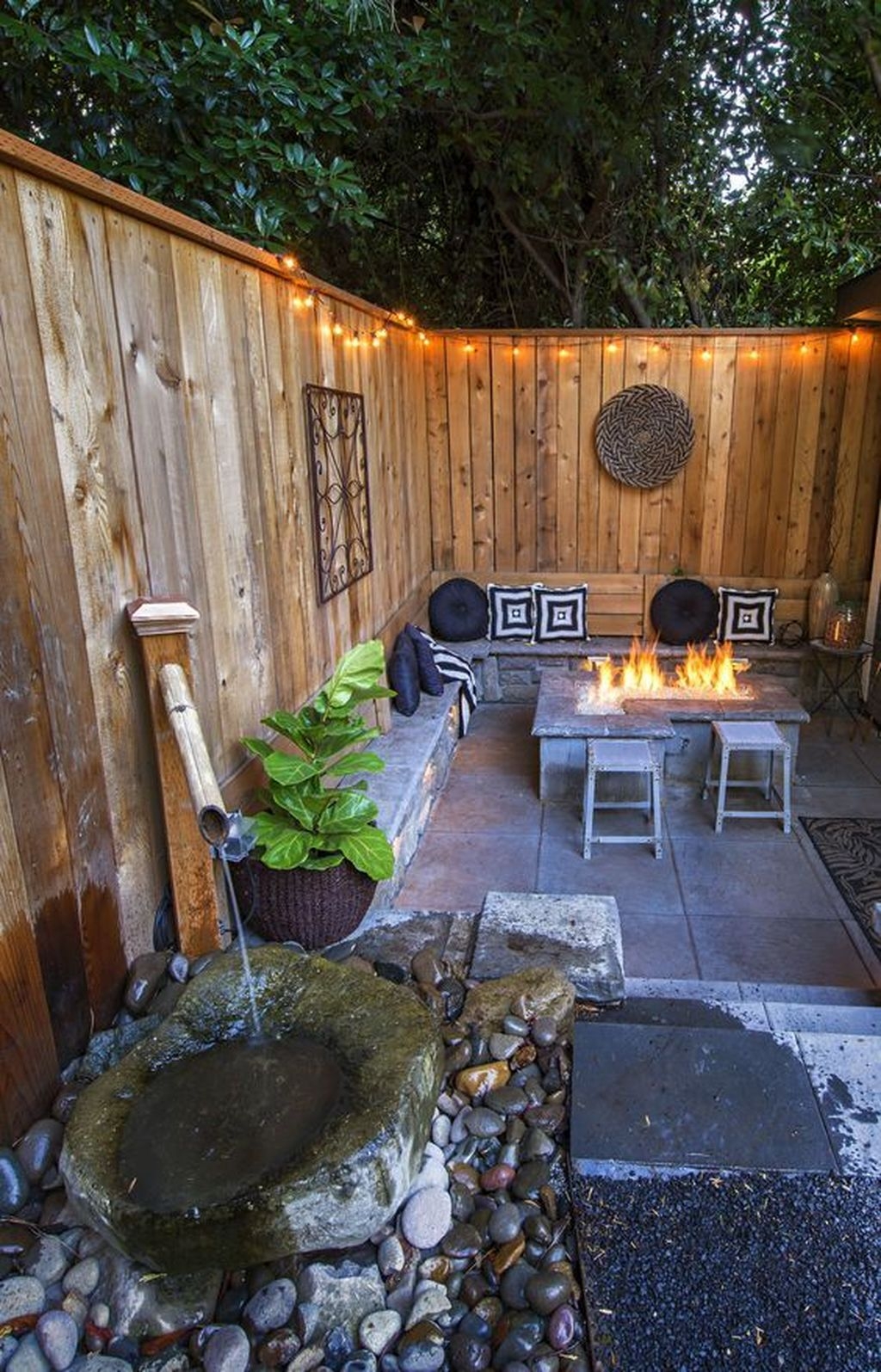
Landscaping on a Budget: DIY Tips for a Beautiful Yard
Transforming your outdoor space into a haven of beauty doesn’t require a hefty bank loan. With a little creativity, elbow grease, and smart planning, you can achieve stunning landscaping results without breaking the bank. This comprehensive guide offers DIY tips and tricks to help you cultivate the yard of your dreams, budget-consciously.
I. Planning Your Budget-Friendly Paradise:
Before you even touch a shovel, meticulous planning is key. Start by defining your vision. What kind of atmosphere are you aiming for? Rustic charm? Modern minimalism? A whimsical wonderland? Sketch out a basic plan, noting existing features like trees and structures. This visual roadmap will prevent costly impulsive purchases.
Next, set a realistic budget. Allocate funds for different aspects: plants, materials, tools, and any potential soil amendments. Remember to include a contingency for unforeseen expenses. Consider prioritizing your must-haves versus nice-to-haves, focusing on the elements that will make the biggest impact.
II. Sourcing Materials Smartly:
The key to budget-friendly landscaping lies in strategic sourcing. Avoid impulse buys at big-box stores by exploring these cost-effective alternatives:
- Freecycle/Neighborhood Groups: Find free or deeply discounted materials like mulch, bricks, or even plants from neighbors or online community forums.
- Repurposing and Recycling: Transform old containers into unique planters. Use reclaimed wood for pathways or borders. Get creative! Old tires can even become charming raised garden beds.
- Plant Propagation: Start your own plants from cuttings or seeds. This is incredibly cost-effective and incredibly rewarding.
- Bulk Purchases: Buying in bulk, especially for mulch, soil, and gravel, often translates to significant savings.
- Seasonal Sales: Keep an eye out for end-of-season sales at nurseries and garden centers for discounted plants.
III. DIY Projects for Stunning Results:
Embrace your inner DIY enthusiast! Many landscaping projects are surprisingly easy to tackle yourself, saving you on labor costs.
| Project | DIY Difficulty | Estimated Cost | Savings Potential |
|---|---|---|---|
| Mulching | Easy | $20 – $50 | $100+ |
| Creating Pathways | Moderate | $50 – $150 | $200+ |
| Building Raised Beds | Moderate | $50 – $100 | $150+ |
| Planting Flowers/Shrubs | Easy | $20 – $100 | $50+ |
| Simple rock garden | Easy | $10-$30 | $50+ |
IV. Choosing the Right Plants:
Select plants that thrive in your local climate and soil conditions. Native plants are often the most budget-friendly and require less maintenance. Consider their mature size to avoid overcrowding and future transplanting. Focus on a mix of textures and colors to create visual interest without overspending.
V. Maintenance Matters:
Proper maintenance is crucial to preserving your landscape’s beauty and extending its lifespan. Regular watering, weeding, and mulching will minimize the need for costly repairs or replacements down the line.
VI. Embrace Imperfection:
Remember, a perfectly manicured lawn isn’t the goal. A beautiful, budget-friendly landscape embraces natural variation and a touch of imperfection. Don’t strive for perfection; strive for personality.
VII. The Long-Term Vision:
Landscaping is an ongoing process. Start small, focusing on one area at a time. As your budget allows, you can gradually add more features and refine your design. Enjoy the journey of creating your own personal outdoor oasis, one DIY project at a time. Your beautiful, budget-friendly yard is within reach!
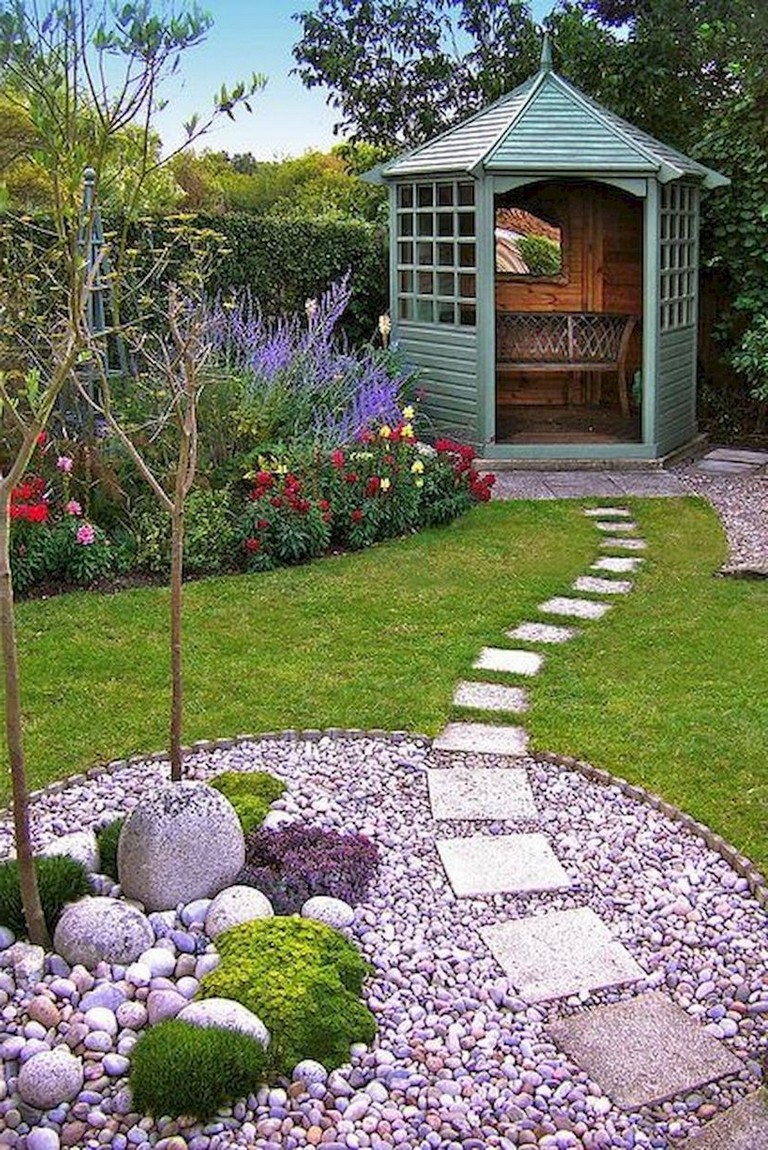
Additional Information
Landscaping on a Budget: A Deeper Dive into DIY Strategies
The appeal of a beautiful yard is undeniable, enhancing property value and contributing significantly to mental well-being. However, professional landscaping services often come with hefty price tags. A DIY approach, while requiring effort, offers a cost-effective alternative. This analysis delves deeper into the strategies for budget-friendly landscaping, examining the financial implications, practical limitations, and long-term sustainability of DIY projects.
I. Cost Breakdown & Savings Analysis:
A significant portion of professional landscaping costs stems from labor. According to the National Association of Landscape Professionals (NALP), labor accounts for approximately 40-60% of total landscaping project costs. DIY eliminates this major expense, allowing for significant savings. For example, a professional installation of a 500 sq ft lawn might cost $2000-$3000, whereas DIY using sod or seed might cost between $500-$1500, depending on material choices and soil preparation needs. This represents a potential saving of 50-80%.
However, it’s crucial to accurately estimate material costs. Underestimating quantities can lead to additional trips to the home improvement store, increasing transportation and time costs, ultimately negating some savings. Detailed planning, including accurate measurements and material lists, is vital. Software like SketchUp or even simple spreadsheet calculations can significantly aid in this process.
II. Strategic Material Selection & Sourcing:
Smart material choices significantly impact budget. Instead of high-cost decorative stones or imported plants, consider:
-
Native Plants: These are adapted to the local climate, requiring less watering and maintenance, reducing long-term expenses. Furthermore, they often support local ecosystems and attract beneficial pollinators. A case study by the University of California, Davis, demonstrated that native plant landscapes require 75% less water than traditional landscapes, leading to significant water bill savings.
-
Recycled & Repurposed Materials: Used bricks, pallets (treated for safety), and reclaimed wood can create unique and cost-effective features like pathways, retaining walls, or garden borders. This also contributes to environmentally sustainable practices.
-
Bulk Purchasing: Buying materials in bulk from nurseries or landscape supply yards often yields significant discounts compared to retail prices. This approach requires careful planning to avoid waste, but the potential savings are substantial.
III. Phased Implementation & Skill Development:
Avoid trying to transform your entire yard at once. A phased approach allows for manageable projects, spreading costs over time and preventing burnout. Start with a small, high-impact area, gaining experience and confidence before tackling larger sections.
This incremental approach also allows for skill development. Online resources, YouTube tutorials, and local workshops offer valuable learning opportunities. Mastering basic landscaping skills, such as soil testing, plant propagation, and basic hardscaping techniques, minimizes reliance on professional help in the future, further enhancing long-term cost savings.
IV. Long-Term Sustainability & Maintenance:
While the initial investment is lower in DIY landscaping, the ongoing maintenance should be considered. Selecting low-maintenance plants, implementing efficient irrigation systems (e.g., drip irrigation), and using mulch to retain soil moisture minimizes the time and resources required for ongoing care. A proper initial design, accounting for sun exposure, soil drainage, and plant spacing, is key to minimizing future maintenance efforts.
V. Risk Assessment & Limitations:
DIY landscaping carries risks. Poorly planned drainage can lead to erosion and foundation problems. Incorrect plant selection can result in unhealthy growth or the spread of invasive species. It’s important to acknowledge these limitations. For complex projects or specialized skills (e.g., complex irrigation systems, retaining walls), consulting with professionals for advice or assistance on specific aspects might be cost-effective in the long run.
Conclusion:
DIY landscaping offers a financially viable and rewarding way to create a beautiful yard. However, success hinges on careful planning, realistic budgeting, strategic material selection, phased implementation, and a commitment to learning and adapting. By understanding the financial implications, leveraging available resources, and acknowledging potential limitations, homeowners can maximize savings and create a sustainable and aesthetically pleasing landscape without breaking the bank.

